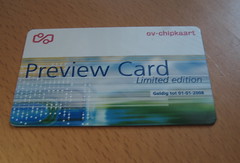#35C3 Memory Lane: Das erste Türchen
2011 war das letzte Jahr, in dem der Chaos Communication Congress im Berliner bcc gastierte. Passend zum damaligen Motto „Behind enemy lines“ kommentierte der Schriftsteller und Journalist Cory Doctorow in seinem Vortrag „The coming war on general computation“ vor vollem Haus die Copyright Wars.








